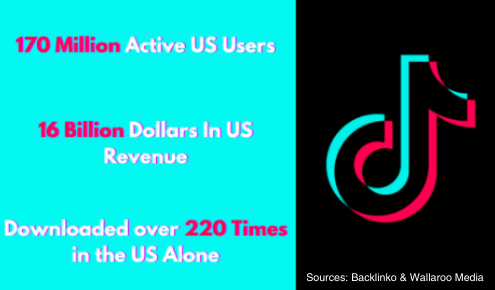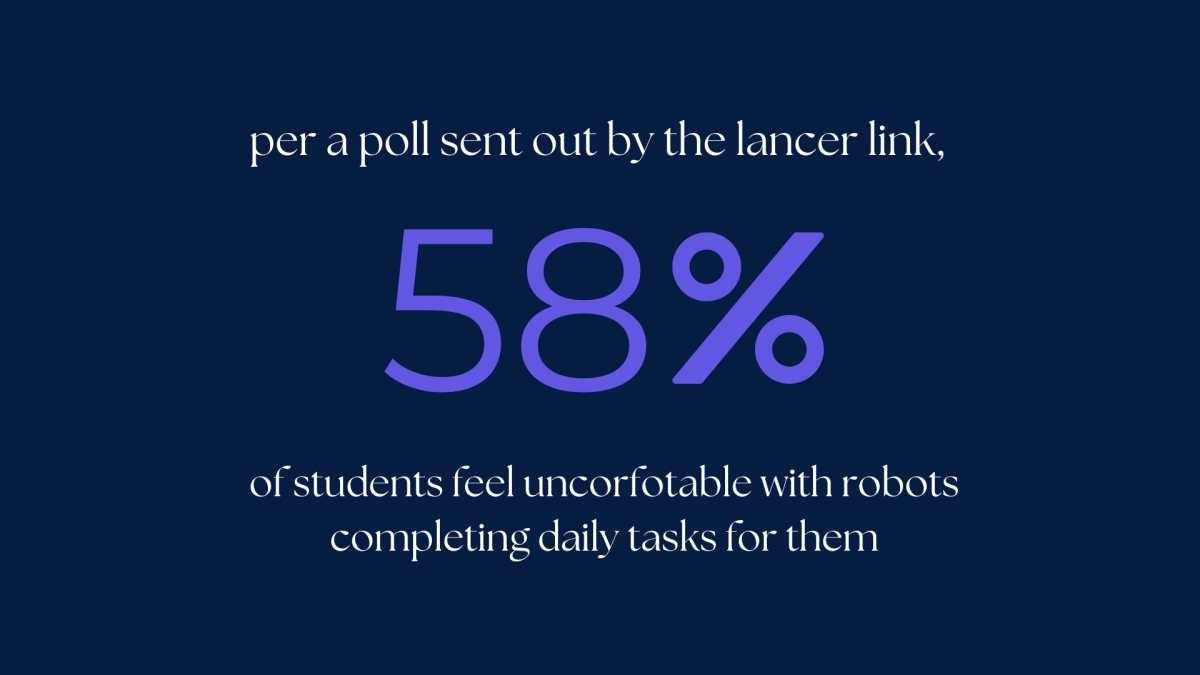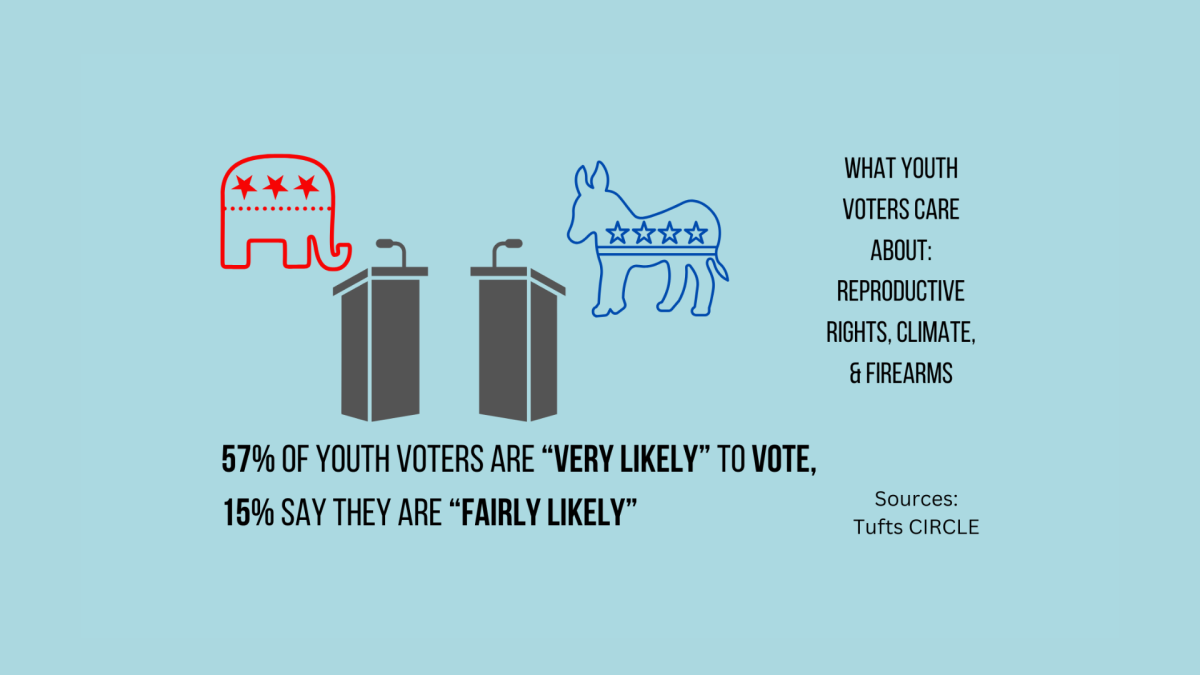As the Center for Disease Control found in recent years, 20% of American students had been bullied on school property and 16% of kids between ages 12-18 were cyberbullied. The No Place for Hate program instituted at CHS aims to provide reassurance that uses bullying prevention strategies to create a supportive environment.
Those involved with this program can address social issues through community engagement and advocacy. Sophomore Jacob Layton believes it is important for community members to help each other and promote acceptance.
“[People need to be] very open to ideas and characteristics that don’t match [their] own,” Layton said. “That’s the most important step.”
According to the National Bullying Prevention Center, community members who lead change by promoting kindness toward others, acceptance of differences and inclusion of all also promote a social environment built to deter bullying. Layton believes that the best thing a bystander can do in a bullying situation is to seek out an adult’s help and not intervene directly.
“If everyone stands around doing nothing, that is the cruelest thing you can do, just watch and let it happen,” Layton said.
CHS Vice Principal Aimee Nava is working with the staff to minimize bullying each year. Based on her experience, the most common form of bullying found at CHS has been verbal bullying that occurs both in-person and online.
“Bullies don’t often think that the impact they are having is big, but victims that go through bullying do internalize words that have been said to them,” Nava said. “People that suffer from bullying have some of the hardest times doing the work to move on from that, it’s not necessarily something they think of themselves, but something that was imposed on them.”
One activity held in advisory classes highlighted acceptance of cultural heritage. Students wrote down their heritage, made an origami heart out of it, had another student rip it up and then held conversations on how that impacted both students. In Nava’s opinion, teachers play a major role in addressing bullying, especially when it occurs in the classroom.
“As always, this is a learning curve for everyone just on how bullying has evolved, in how we see it year to year, so of course our teachers are constantly working on ways to improve their classroom,” Nava said.
The No Place for Hate program’s goals change each year as new students come in and bring different problems to address. This year, they have been focusing on the language used around school and diving deep into the effects it has on people.
“Our goal is to make CHS a better place, starting with how we speak to one another,” Nava said. “Everybody plays a crucial role in creating a community of respect.









